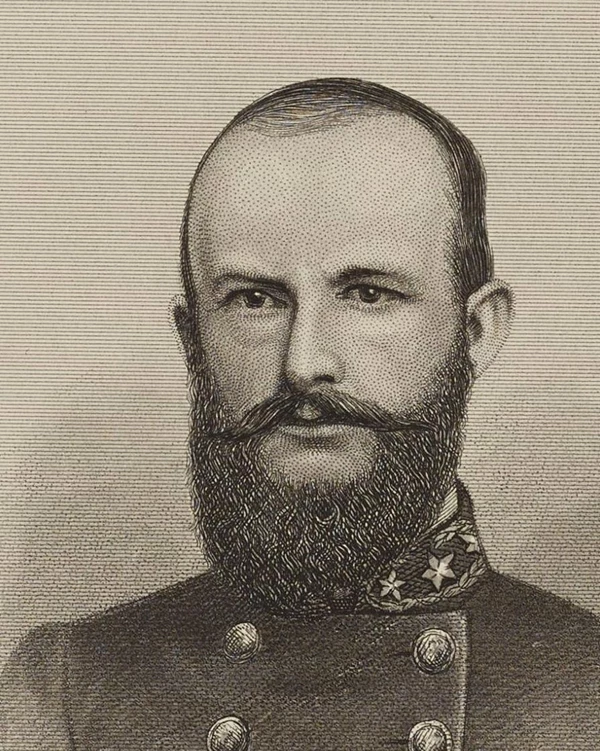Last updated: December 22, 2024
Person
Stephen D. Ramseur

North Carolina Collection Photographic Archives, University of North Carolina at Chapel Hill
The day after Stephen D. Ramseur celebrated his 27th birthday, he was promoted to the rank of Major General, becoming the youngest West Point graduate (class of 1860) in the Confederate Army to attain that rank. Ramseur was mortally wounded during the Battle of Cedar Creek. He wrote in a pre-war letter that slavery was, "the very source of our existence, the greatest blessing both for Master & Slave that could have been bestowed upon us."
Seven Days
On April 10, 1861, Ramseur resigned his commission as Second Lieutenant in the United States Army and entered the Confederate service as a Captain of the Ellis Light Artillery. One year later, in April 1862, he was promoted to Colonel of the 49th North Carolina Infantry Regiment. He served as an artillery officer during the Seven Days Battles of Federal General George McClellan's Peninsula Campaign. Ramseur was seriously wounded in the right arm at the Battle of Malvern Hill.
Antietam, Gettysburg, Chancellorsville, & Spotsylvania Court House
As Ramseur recuperated, he was promoted to the rank of Brigadier General. He returned to action, serving with distinction at Antietam and Gettysburg. He was wounded again at the Battle of Chancellorsville and also at the Battle of Spotsylvania Court House. For his actions at Spotsylvania, General Robert E. Lee promoted Ramseur to the rank of Major General on June 1, 1864.
Monocacy
Ramseur was dispatched with General Jubal Early to the Shenandoah Valley where this independent Confederate force dislodged the valley of any Federal armies. Early marched down the valley, invaded Maryland, and fought the Battle of Monocacy in July. Ramseur's Division led the Confederate attack and encountered the Federal skirmishers at a covered bridge over the Monocacy River. His troops continued to pressure this crossing throughout the day, and eventually succeeded in driving their enemy off the battlefield. The campaign ended after the Battle of Fort Stevens outside of Washington, DC.
Death at Cedar Creek
As Jubal Early withdrew into the Shenandoah Valley, a new Federal army, commanded by Philip Sheridan, was being organized to begin operations in that region. Ramseur's soldiers fought at Third Winchester and Fisher's Hill in September, both battles being Confederate defeats. On October 19, 1864, Ramseur was shot through both lungs and captured at the Battle of Cedar Creek. He was taken to the Belle Grove Plantation where he died the following day. Ramseur had been married less than a year, and had just received word before the battle of the birth of his daughter, Mary. Mary travelled to Virginia in 1920 and helped dedicate a monument to her father on the Cedar Creek battlefield.
